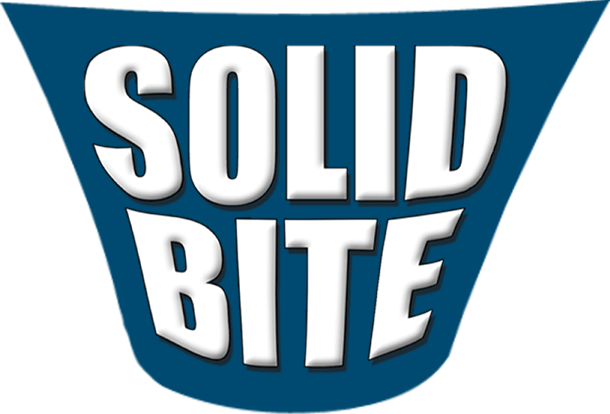The Sinus Headache Myth
A patient walks into my practice because she’s heard that I know something about headaches. She’s had lots of different treatments, but no real success. She has what she describes as a “sinus headache”. So I ask her if her sinuses feel blocked. She says that she can breathe fine. Has she seen a doctor to look at her sinuses? Yes, and the doctor says her sinuses are clear. “So how can it be a sinus headache?” I ask. “Well, I always feel my headaches under my cheekbones and behind my eyes,” she answers.
The sinus is an air space. It is lined with a membrane and has various mechanisms for fluid to circulate around that membrane to keep it moist and clean. There are spaces and tubes for the fluid to drain. If those tubes are blocked, then the fluid becomes backed up and you can have a true sinus headache. But let’s be clear about something. What you feel as a “sinus headache” usually is not a sinus headache. It’s a muscular headache. What difference does that make? It opens the way to an answer.
More often than not, the pain that you feel behind your eyes is actually coming from a “trigger point” in a muscle of the neck. In fact, this common trigger point not only causes pain behind the eye but also the back of the head, the top of the head and behind the ear. Trigger points of the entire body were actually mapped out over 60 years ago by President Kennedy’s physician, Dr. Janet Travell.
So here’s what we did with the “sinus headache” patient. We applied ultrasound and cold laser and did manual muscle releases to the trigger points of the neck. And what do you think happened to her sinus headache? It was gone in less than an hour.
One single treatment will not cure this problem. After all, it took a long time for the muscles to develop their trigger points. And because the muscles of the head and neck all communicate with each other, they all need to be “untriggered” to stop her chronic headaches. In addition, the nerves of the neck and jaw muscles, and the nerves of the teeth all communicate through the same nerve complex, the trigeminal nucleus. So as the muscles relax, we need to keep careful tabs on the jaw and teeth to make sure that they don’t act as new triggers. It takes 8-12 weeks for the triggered muscles to heal before a permanent improvement can occur.
With careful attention to relaxing the muscular triggers and monitoring the teeth to stop them from contributing to those triggers, you can have permanent improvement of not only “sinus headaches,” but most other headaches, including migraines as well.
Lee N. Sheldon, DMD




